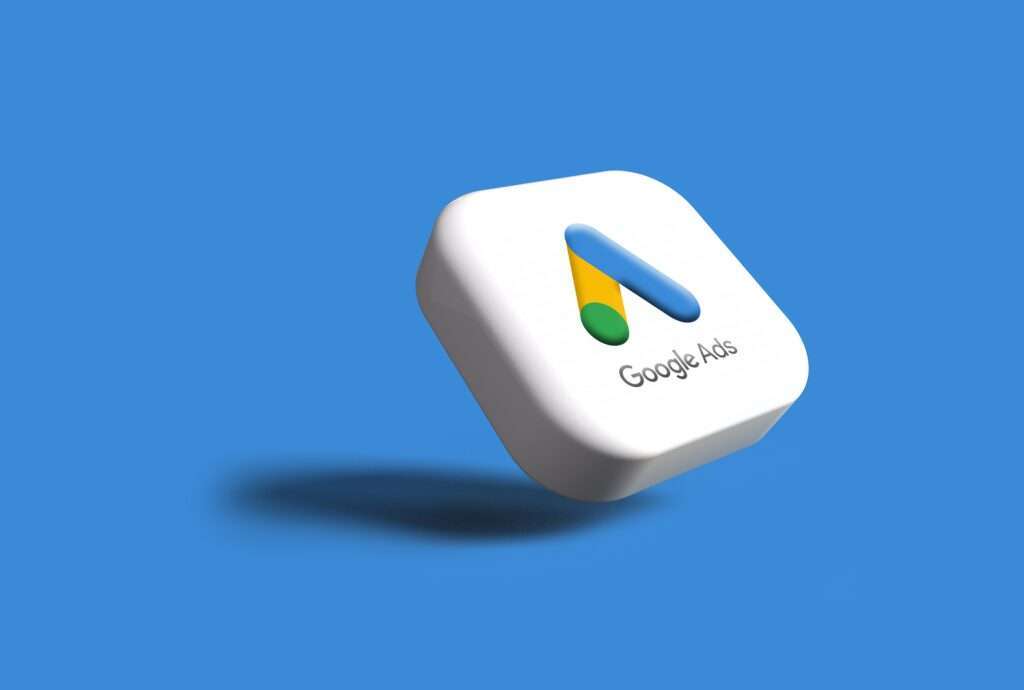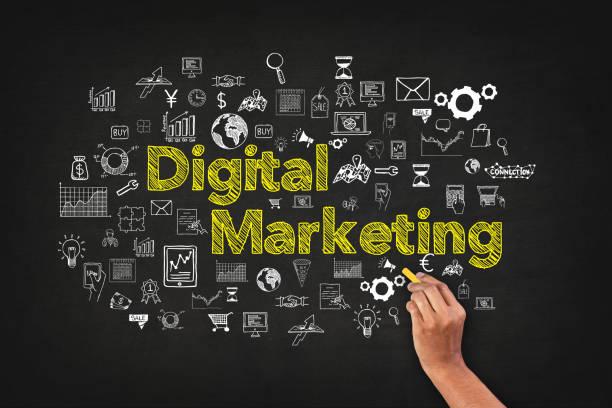
Google Ads
In PPC, there is never a dull moment, and 2022 gave us ample evidence. This year, upheavals in the supply chain, changes in customer behavior, and surging inflation drove small and medium-sized firms above and beyond. Google, of course, made some moves of its own along the way.
Let’s examine what Google advertisers are focused on in 2023 as 57% of customers begin their online shopping trip on Google.
Increased Attention Paid to First-Party Data
First-party data is the marketing equivalent of gold bullion and is an important part of paid search services. Email and mobile marketing campaigns are based on zero-party (0P) and first-party (1P) data from subscribers who have opted-in to receive personalized communication catered to their interests and purchasing habits.
This data is collected in a manner that complies with privacy laws. This data may include their online browsing and purchasing history, top interest categories if they abandoned their shopping cart and more. Additionally, the same data that drives lifecycle marketing initiatives may be used in other channels.
AI & Machine Learning Help Advertisers Reach Their Audiences through paid search services
A key takeaway for marketers working across all channels is that people are having trouble discovering what they’re looking for fast. According to Google, 15% of queries made each day have never been made before. The revival of the wide match is related to addressing this issue, as advertisers want to make their advertising useful for those whose occasionally unusual questions merit a pertinent response.
Combining that with Google automation, which makes use of all the data the search engine collects on user intent, device, time of day, and other factors, allows us to use a wide keyword approach much more successfully than we could have in the past. The only match type that now incorporates audience signals is the new broad match, which has undergone some evolution.
Automatization Advances
Google has significantly increased automation’s capacity to boost advertisement outcomes while simultaneously reducing account administration time. The crucial point is to automate as much as you can while still maintaining a reasonable amount of control and strategy—strive for balance—with the penalty being a certain lack of control and insight.
A campaign won’t have the tools it needs to execute its job well if it is set and forgotten. Instead, review these ads’ success regularly and use the information you gain to keep improving them. The effectiveness of all automation depends on the data you feed it; if you only give it the greatest resources to work with, it can only offer you the best results.
Google Performance Max is Just Getting Started
Performance Max ads have varying degrees of influence across all channels, with Smart Shopping taking one of the worst knocks. Performance Max has now replaced both Smart Shopping and conventional Local campaigns (except Local Search Ads and Local Inventory Ads). Because of this, utilizing PMax with feeds is crucial for marketers hoping to build on their success with Smart Shopping.
YouTube marketing is more important than ever
Currently, Google.com holds the top rank for both websites and search engines, with YouTube coming in at number two.
In 2023, YouTube ad revenues are expected to reach $8 billion, or more than 15% of Google’s overall ad revenues, according to current estimates provided by eMarketer. We anticipate that figure to increase in the future given the continual improvements on YouTube and the increased attention being paid to streaming video in general. This gives reason for us to concentrate our paid search services on this front.
Time to Take Advantage of Local Inventory Ads
Once again, the world is open for business, and Local Inventory Ads (LIAs) are crucial in helping you attract customers who need their products immediately. Over the past year, Google has improved several key features related to local inventory advertisements.
Many retailers currently submit information to Google Maps and manage that information in Google My Business Center. They are poised to take advantage of their unique market position and link that information to Google Ads campaigns.
More advertisers can now display this callout in the auction thanks to changes made to the pickup today and pickup later features. Likewise, Google expanded the reach and functionality of its merchant-hosted storefront program.
While the economy and SERP changes have tested us, and we’ve lost several observable Google Ads tools or their paid search services this year, there have been several pleasant additions to our PPC campaigns. We may not know what Google has in store for us next year—the only thing we can count on is more change—but at least we can hope for a better 2023!




More Stories
Boost Your Hospitality Brand Unlocking Our Hotel Marketing Agency’s Potential
How to Choose the Right Niche for Your Online Business
5 Ways to Boost Your Business with Online Marketing